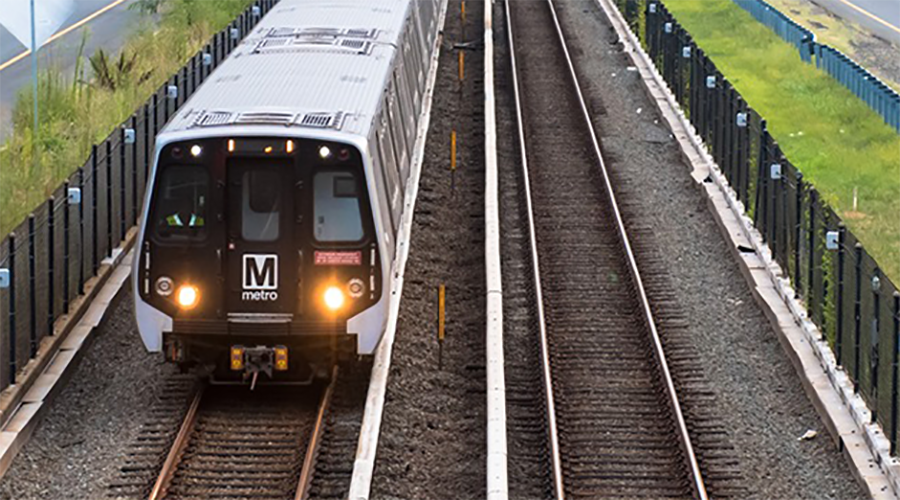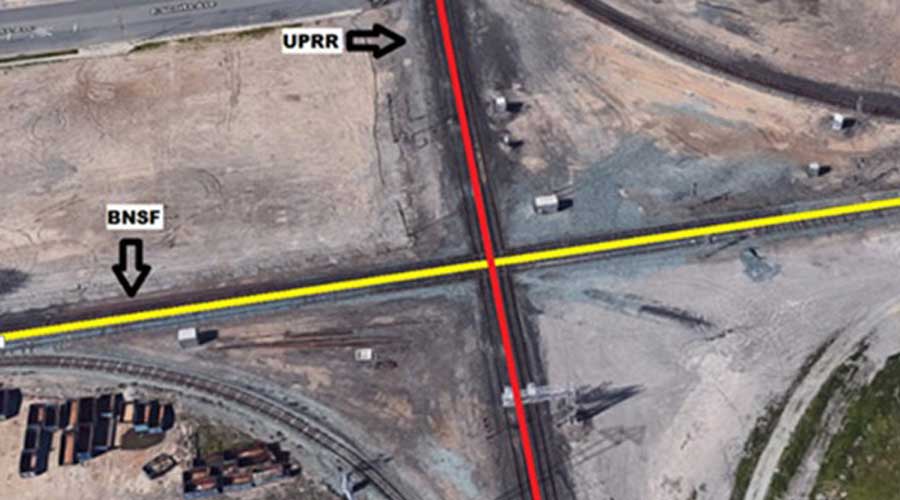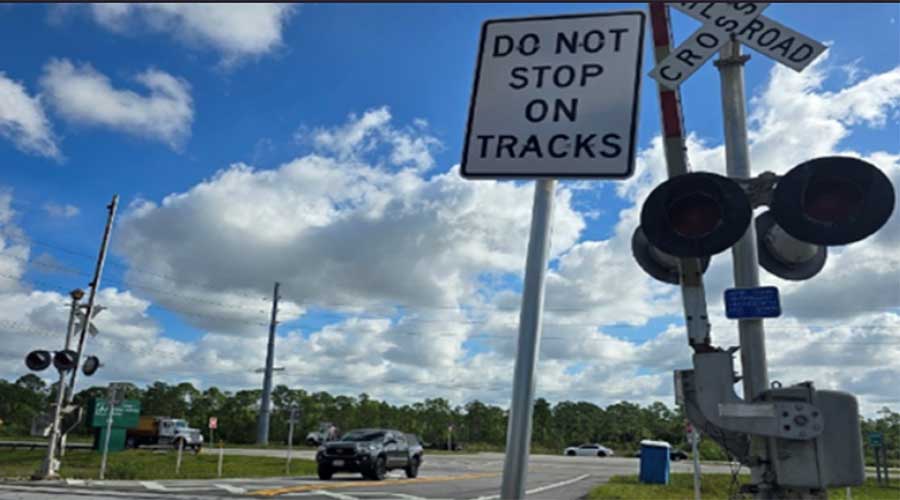Stay updated on news, articles and information for the rail industry
9/7/2010
Rail News: High-Speed Rail
The politics of HSR: Can a governor stop a project?
When the Obama Administration announced on Jan. 28 which states would receive a chunk of the $8 billion in high-speed stimulus funds, department of transportation officials in those 31 states cheered their victories. Finally, states could begin implementing the high-speed plans they’ve had on the drawing board for years — and in some cases, decades.
Fast forward seven months. That excitement has since been tempered by local opposition to HSR systems. Now that money is beginning to flow, elected officials are asking a lot of the same questions they’ve had from the get-go: How will cash-strapped states pay their share of HSR construction costs, which run millions — or, in some states, billions — of dollars higher than what will ever be available through the federal government? If an HSR system does get built, can a state afford the subsidy to operate it?
Playing off those concerns, gubernatorial candidates in some states have turned HSR into a political football, saying that, if elected, they will kill the HSR project in their respective states. But at this point, with stimulus money beginning to flow and contracts set to be awarded, is stopping a project even a possibility?
In Ohio, it is, says Ohio Department of Transportation Deputy Director Scott Varner, but “it would be very disappointing” if it came to that.
Ohio is set to receive $400 million in high-speed stimulus dollars for its 3C “Quick Start” project, which would connect Cleveland, Columbus, Dayton and Cincinnati with trains operating at speeds up to 79 mph. Incumbent Ted Strickland, a Democrat, favors the project, but Republican candidate John Kasich opposes it, saying the HSR project is “dead” if he’s elected governor.
“We don’t have the money to operate it, we don’t have the money long-term to fund it … (and) I’m still trying to find somebody in Ohio that wants to get on that train,” he said in an article at www.recordpub.com.
Ohio DOT’s official response to Kasich’s threat?
“Ohio DOT does continue to move forward on its passenger-rail effort,” Varner says.
The agency is about to begin the final environmental study, detailed design and engineering work on the 3C Corridor. In April, the state’s controlling board voted to spend $25 million of the $400 million earmarked for the state’s stimulus grant to conduct the environmental and engineering work.
“While we already think we have a pretty strong case, getting that work done will show this is the best investment for Ohio,” says Varner.
But if, say, a could-be governor disagrees with the outcome, he could take steps to kill — or at least seriously injure — the project.
“We have yet to spend the large portion of the award we received,” says Varner. “We have not purchased trains and we have not yet invested in any additional track. It would be very disappointing to see someone prevent that. If we don’t use that money to create jobs here in Ohio, another state surely will.”
Threats of pay-back in Wisconsin
Depending on how the November elections swing, some states might not be looking for additional HSR dollars. In Wisconsin, Republican gubernatorial candidates Scott Walker and Mark Neumann oppose the Milwaukee-to-Madison high-speed rail project, saying the state can’t afford to operate the line once it’s built, according to newspaper reports. Walker and Neumann are set to square off in a Sept. 14 primary; the winner will face Democratic candidate Tom Barrett — who supports the project — in the Nov. 2 election.
Wisconsin is set to receive $810 million through the stimulus program to implement passenger-rail service between Milwaukee and Madison, and Wisconsin Transportation Secretary Frank Busalacchi recently was quoted in a local news report saying the state plans to obligate up to $300,000 for rail contracts by year’s end. Walker and Neumann each say they would pay back the money to the federal government.
Could a governor return the money? In an Aug. 26 email to HSRupdates.com, U.S. Department of Transportation Press Secretary Olivia Alair responded thusly: “We’re not going to get into those kinds of hypothetical scenarios.”
She added: “Secretary LaHood believes high-speed rail is a national program that is going to connect the country, spur economic development and bring manufacturing jobs to the U.S. It will also transform transportation in America, much like the interstate highway system did under President Eisenhower.
Using the Wisconsin scenario as an example, Alair continued:

“Imagine what would have happened to Wisconsin if its leaders had decided they didn’t want to be connected to the rest of the country back then. Also … a major reason why Wisconsin was in position to receive such a large share of the [stimulus funds] was Wisconsin’s long-standing leadership on high-speed rail, which began under the Tommy Thompson Administration.
The Wisconsin DOT did not respond to questions regarding the gubernatorial candidates’ opposition to the Milwaukee-to-Madison line.
In California, Republican gubernatorial candidate Meg Whitman also has questioned the state’s ability to fund HSR costs, though the California High Speed Rail Authority isn’t concerned about her stopping the project if she’s elected governor.
“We have a voter mandate to build the high-speed rail system, so that changes the dynamic a little bit,” says CHSRA spokesperson Rachel Wall.
Still, the California governor approves CHSRA’s annual spending plan and appoints five of its nine board members, according to a July 8 article in the San Jose Mercury News. The board still needs to make some major decisions about the state’s HSR system, including which company will manufacture the trains and how the state will pay for the remaining construction and operating costs.
Bottom line: Any change in leadership at the state level is bound to bring some changes to programs such as high-speed rail. Whether that change is for the better or for the worse remains to be seen, post-Nov. 2
— Angela Cotey
Contact Progressive Railroading editorial staff.


 2025 MOW Spending Report: Passenger-rail programs
2025 MOW Spending Report: Passenger-rail programs
 Gardner steps down as Amtrak CEO
Gardner steps down as Amtrak CEO
 Guest comment: Oliver Wyman’s David Hunt
Guest comment: Oliver Wyman’s David Hunt
 Women of Influence in Rail eBook
Women of Influence in Rail eBook
 railPrime
railPrime







